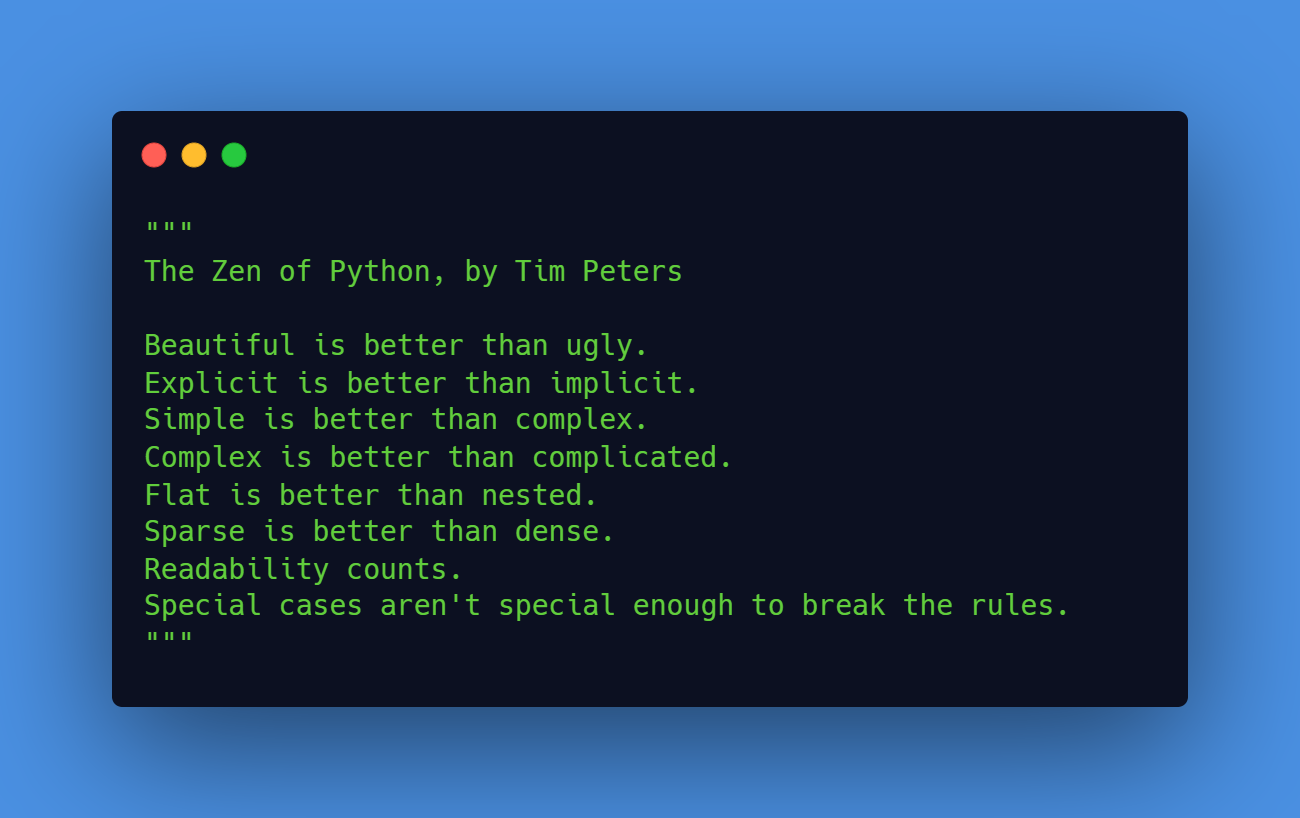dropna is a function that is available in the Pandas library, which is a popular and widely-used library for data manipulation and analysis in Python.
If you are working with a Pandas DataFrame, you can use dropna to remove missing or null values from your data.
Here is a simple example of how to use dropna in a Pandas DataFrame:
import pandas as pd
df = pd.DataFrame({'A': [1, 2, 3, 4], 'B': [5, 6, 7, 8], 'C': [9, 10, None, 12]})
print(df)
# A B C
# 0 1 5 9.0
# 1 2 6 10.0
# 2 3 7 NaN
# 3 4 8 12.0
df_clean = df.dropna()
print(df_clean)
# A B C
# 0 1 5 9.0
# 1 2 6 10.0
# 3 4 8 12.0
Code language: Python (python)In this example, we have a Pandas DataFrame with three columns 'A', 'B', and 'C', and some missing values in column 'C'. We use dropna to remove the rows with missing values, and the resulting DataFrame df_clean contains only the rows with non-missing values.
By default, dropna removes rows with any missing values, but you can customize its behavior using the how and thresh parameters.
The how parameter allows you to specify whether to drop rows with any missing values ('any'), or only rows with all missing values ('all').
The thresh parameter allows you to specify a minimum number of non-missing values that a row must have to be kept.
You can only specify one parameter at the same time, otherwise you will receive the following error:
Code language: plaintext (plaintext)TypeError: You cannot set both the how and thresh arguments at the same time.
Here is an example of how to use the how parameter:
import pandas as pd
df = pd.DataFrame({'A': [1, 2, 3, 4], 'B': [5, 6, 7, 8], 'C': [9, 10, None, 12]})
df_clean = df.dropna(how='all')
print(df_clean)
# A B C
# 0 1 5 9.0
# 1 2 6 10.0
# 2 3 7 NaN
# 3 4 8 12.0
Code language: Python (python)In this example, we use the how parameter to specify that we want to only drop rows with all missing values. As a result, df_clean contains all rows since there are no rows that contain only missing values.
Similarly, if you use thresh=2 then you will receive the same result because all rows only have at most one missing value.
Advanced Topics
In this section, we will discuss some advanced topics related to using dropna in Python, such as how to handle missing values in specific columns or rows, and how to apply dropna in combination with other functions.
Handling Missing Values in Specific Columns or Rows
Sometimes you may want to handle missing values in a more flexible and sophisticated way, for example, by replacing them with a specific value or by interpolating them from the surrounding values.
To achieve this, you can use the fillna function in Pandas or the nan_to_num function in NumPy. Both functions allow you to replace missing values with a specific value, or with values computed from the surrounding values using a variety of interpolation methods.
Here is an example of how to use these functions:
import pandas as pd
df = pd.DataFrame({'A': [1, 2, 3, 4], 'B': [5, 6, 7, 8], 'C': [9, 10, None, 12]})
df_clean = df.fillna(0)
print(df_clean)
# A B C
# 0 1 5 9.0
# 1 2 6 10.0
# 2 3 7 0.0
# 3 4 8 12.0
import numpy as np
arr = np.array([[1, 2, 3], [4, 5, np.nan], [7, 8, 9]])
arr_clean = np.nan_to_num(arr, nan=0)
print(arr_clean)
# [[1. 2. 3.]
# [4. 5. 0.]
# [7. 8. 9.]]
Code language: PHP (php)In these examples, we use fillna in Pandas and nan_to_num in NumPy to replace missing values with the value 0. You can use these functions to replace missing values with any value you want, or to interpolate them using various methods.
Applying dropna in Combination with Other Functions
In many cases, you may want to apply dropna in combination with other functions to achieve a specific goal or solve a specific problem. For example, you may want to remove missing values and then apply a statistical function, or remove missing values and then plot the data.
To apply dropna in combination with other functions, you can simply chain them together using the dot notation. For example, you can use df.dropna().mean() to remove missing values and then compute the mean of the remaining values in a Pandas DataFrame.
Here are some examples of how to apply dropna in combination with other functions:
import pandas as pd
df = pd.DataFrame({'A': [1, 2, 3, 4], 'B': [5, 6, 7, 8], 'C': [9, 10, None, 12]})
mean = df.dropna().mean()
print(mean)
# A 2.5
# B 6.5
# C 9.5
Code language: PHP (php)In these examples, we use dropna in combination with the mean function in Pandas to remove missing values and then compute statistical measures.
You can use dropna in combination with any function that you want, as long as it is compatible with the data type and the shape of the data. You can also use dropna in combination with multiple functions by chaining them together using the dot notation.
Conclusion
In this article, we learned how to use dropna in Python to remove missing or null values from data. We saw how to use dropna in Pandas and NumPy, and how to customize its behavior using various parameters. We also learned how to handle missing values in specific columns or rows, and how to apply dropna in combination with other functions.

Leave a Reply